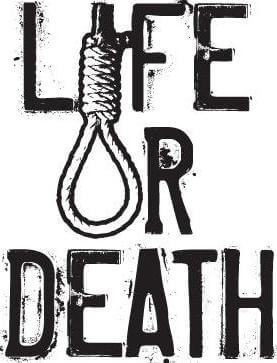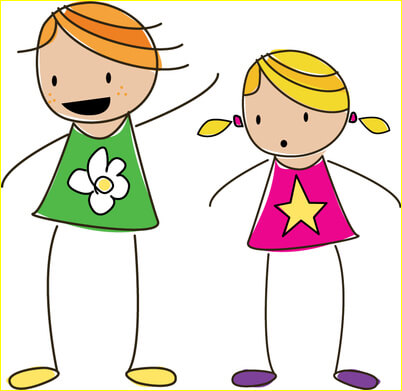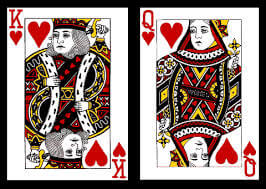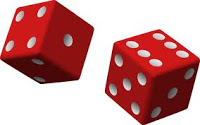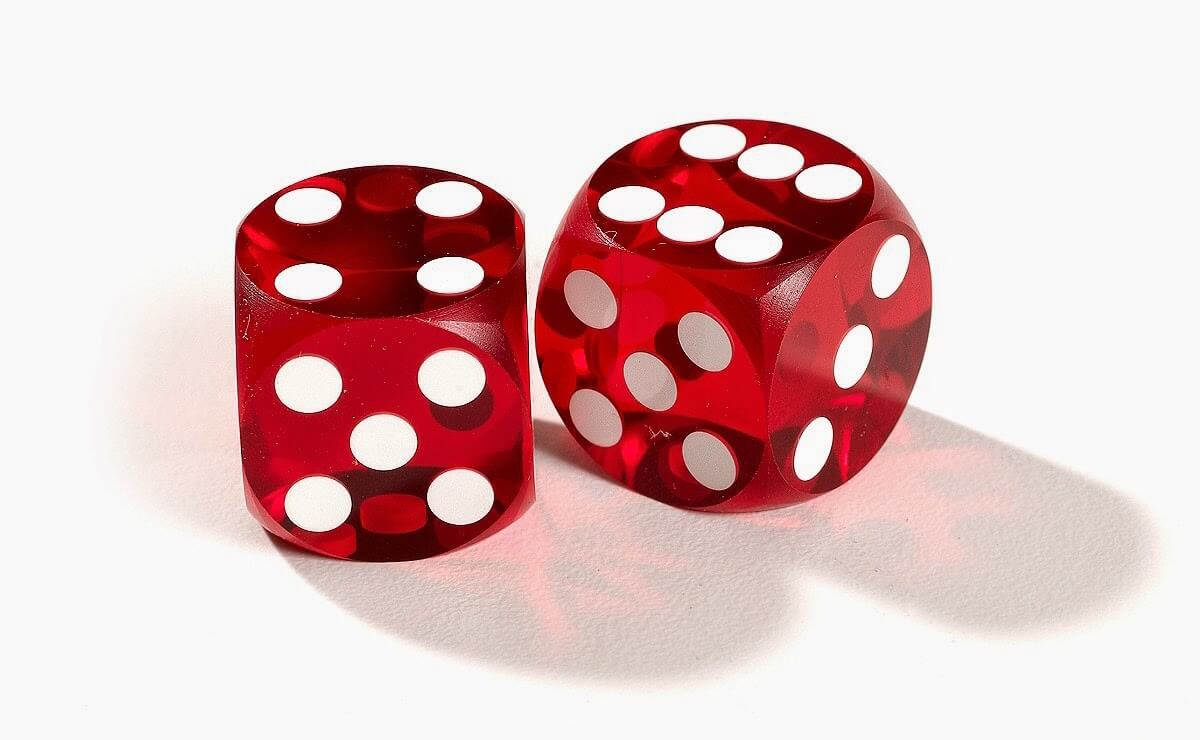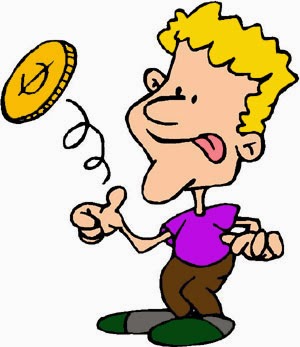#21 - Correct Dress Probability Problem
A mother bought three dress for her triplets daughters(one for each) and put the dresses in the dark. One by one the girls come and pick a dress.
What is the probability that no girl will choose her own dress?
1/3
Explanation
Assuming D1 is the dress for Sister1, D2 is the dress for Sister2 and D3 is the dress for Sister3.
Therefore the total number of cases are illustrated below.
Sister1 Sister2 Sister3
D1 D2 D3
D1 D3 D2
D2 D1 D3
D2 D3 D1 ..... (1)
D3 D1 D2 .... (2)
D3 D2 D1
In both steps (1) & (2), no one gets the correct Dress.
Therefore probability that no sister gets the correct dress is 2/6 = 1/3

